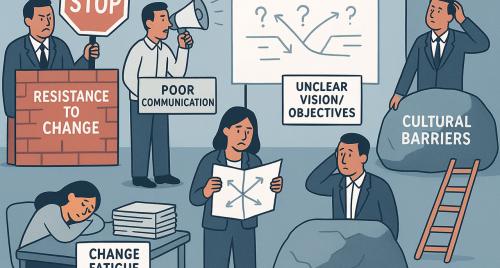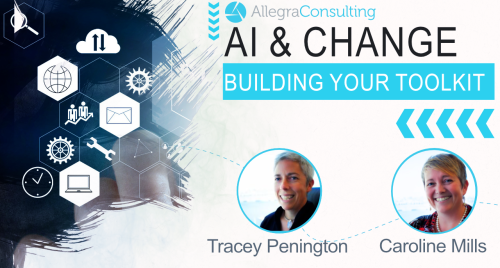
There has been a lot of media attention in recent months around mental health. It would be fair to say it is an issue that is becoming more prevalent in our society with around 20% of adults (that's 1 in 5) experiencing mental health issues. In a world where it's easier to get things done, somehow mental health is declining, and research suggests the following things are contributing to this:
- Major life events, such as moving house, divorce, having kids and so on
- Personal health issues
- Job and organisational changes at work
- Concern for others
- Working long hours
- Busy schedules
- Being bullied
This issue hits close to home for me right now, as it seems that I don’t have to turn far to see people dealing with mental health issues, both in my business network and in my family. Witnessing a close family member being subjected to bullying in her workplace has been heartbreaking. The outcome was that she had to leave that environment – a good outcome in the end, however, she is now dealing with high levels of anxiety. We are doing what we can to support her, but I would be lying if I didn't say it had been difficult and has been incredibly eye-opening as well. It would be fair to say my attitude reflects that "no matter how hard it gets you just pick yourself up and keep going." I have been lucky enough that this outlook has got me through some tough situations in life. Even though I have a theoretical understanding that this is not always possible for people to “pick” themselves up, my recent experience with my family member certainly highlighted this to me.
So, what does Change Management have to do with Mental Wellbeing? Or more pertinently do we have a responsibility as organisations when leading our people through Change to safeguard their mental wellbeing?
For me, the answer is yes.
As I mentioned earlier some of the key factors that can cause mental health issues are work related.
We also know that illnesses, such as depression and anxiety, are now the leading cause of long-term sickness in the developed world. In Australia alone, poor mental health at work is estimated to cost the economy around $12 billion each year – a significant financial impact on organisations.
Organisations across the world are getting better at providing solutions and avenues for their employees to focus on being well at work. I do think, in times of change, as both Change Practitioners and Change Leaders, in organisations we do need to ensure we think about wellbeing in our change management approaches.
I believe a change management approach ALWAYS needs to be holistic – you might think you are just implementing some system or process change, but in fact, you are impacting the organisation system further than you realise (think of ripples in a pond). Essential to this holistic approach is incorporating wellbeing into our change approaches. Here are some things myself and others have used, as change practitioners and/or senior leaders, to ensure the change we are implementing isn’t “tipping” people over:
- Ensure people know about any Employee Assistance Programs they might have access to
- Set realistic timeframes for your change programs and monitor excessive working hours
- Encourage people to go for walks and take breaks
- Find ways impacted employees can be involved to allow some sense of “control” over the change
- Tailor your approach to fit the people impacted
- Speak openly about mental health and wellbeing, so it doesn't become a "taboo" topic.
- Work with the people leaders to ensure they know how to spot signs of stress and mental health issues, and understand how to deal with them
- Upskill Change Practitioners in how to manage mental wellbeing (where appropriate)
- Look for opportunities to reward and recognise people through the time of change
- Focus on team building activities that encourage good healthy work relationships
- Encourage people to find things that work for them to lower their stress levels, such as, meditation, promoting good sleep habits, listening to music, eating well, regular exercise, or taking up a hobby.
Hopefully, this helps you think about Changes you are implementing in your organisation. I am always happy to talk to anyone about specific changes you might be driving and also check out The Change Space – our digital change platform – with a range of bite-sized information on building change capability and managing change in a healthy way.
Season’s greetings to all!
Caro







